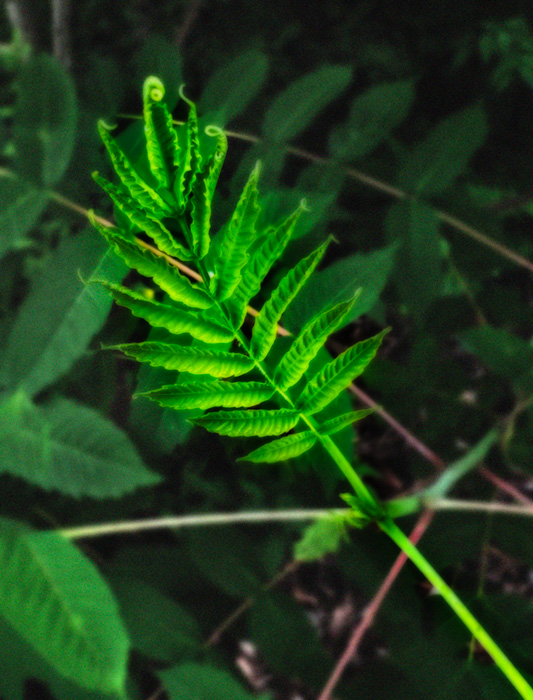I’m thinking about Jack. Not just any Jack, but the young fellow who traded the family cow for a handful of magic beans. Well. What a dolt, right? But as it turned out, those few beans went into the ground and grew into a massive beanstalk reaching far into the clouds.
We all know it. Jack climbs. Giant ensues. Fee-fi-fo. Jack steals the Giant blind — a bag of gold. A goose who lays golden eggs. And that harp. Yes, also golden. The harp who sings on its own.
Jack runs. Cuts down beanstalk. Giant falls to a horrible death. Jack’s family is now rich as Elon Musk.
I don’t care so much about the moral of the story, as I’m not even sure what it might be. I’m interested in those beans. Those seeds. The ones that went into the ground.
I am not the only one interested in seeds. For it was on this date, June 19, 2006, that the construction of the Global Seed Vault began.
I’d only heard of this place a few months ago. The seed vault is located on the remote island of Spitsbergen. That’s about halfway between mainland Norway and the North Pole.
Sometimes it is called the “doomsday vault.” Officially it is the “Svalbard Global Seed Vault,” and it was born to ensure existence. Yes, it is seen as humanity’s last hope against extinction after a world crisis.
The Svalbard Global Seed Vault is the brainchild of a man named Cary Fowler. He is an American scientist, conservationist, and biodiversity advocate. He looked around the world and found that there were more than 1,700 GeoBanks that keep collections of seeds. Every one of them is vulnerable to “war, natural disasters, equipment malfunctions,” and more. So. In 2003, Fowler started to imagine a place — a backup storage facility — where all of the world’s seeds could be stored as snug as a bug in a rug.
It is located deep within a high mountain on an island covered by permafrost. It sounds like something from Lord of the Rings, or maybe Marvel Comics. At any rate, it is ideal for cold storage. The seeds will also be safe from major rises in sea levels. It is enormous. And the seeds are stored so efficiently that they will be good as gold for decades. They say, maybe even centuries.
This vault has many purposes besides seed storage. In addition, it is meant to preserve crop diversity and contribute to the global struggle to end hunger. Scientists there are also working to create newer, more resilient varieties of crops. Not new crops, but better versions of the ones we already have.
Those seeds are not just lying around in little baggies. No. They are kept at zero degrees Fahrenheit. They are sealed in three-ply foil packages. The foil packs are sealed inside boxes and placed on shelves inside the vault.
Here are some numbers according to Global Crop Diversity Trust:
“The Global Seed Vault can hold massive amounts of seeds. It is built to store a whopping 4.5 million varieties of crops, with each variety containing around 500 seeds. That equals a maximum of 2.5 billion seeds that can be stored in the Vault.”
Who counts them all? I mean, 2.5 billion is a lot of seeds. That’s a big wow from me.
Because one seed is amazing. Seeds provide the world’s daily food. We would not have Cheerios, or Pizza King Pizza, or McDonald’s French Fries without the wonderful seed. Or any other foodstuff, for that matter.
Oh. Those magic beans. The goodness they bring to us.
Just sprinkle a few in the ground, and welcome the golden eggs and the singing golden harps.
==========
The key to growth is the introduction of higher dimensions of consciousness into our awareness.
— Lao Tzu
===========
Growth is never by mere chance; it is the result of forces working together. — James Cash Penney
===========
All change is not growth, as all movement is not forward.
— Ellen Glasgow
=========
The Seedy.
